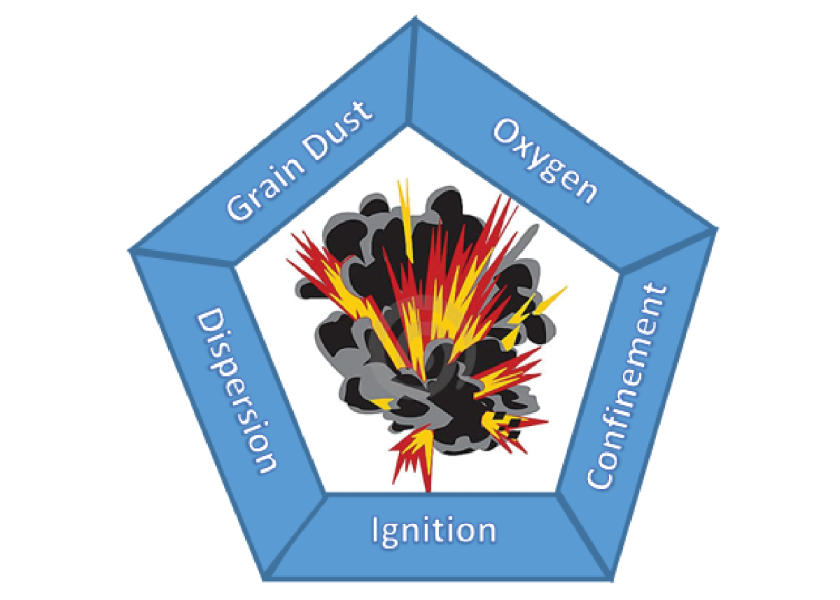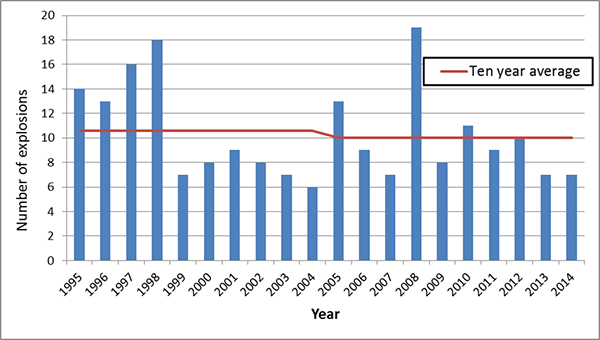New Purdue Report Says The Number Of Dust Explosions Is Unchanged

According to a newly issued report from Purdue University, the number of incidents related to grain dust explosions did not increase in 2023.
The report says there was a total of nine reported incidents in the U.S. last year – the same number as 2022. Those nine explosions led to 12 injuries with no fatalities.
The 10-year average of grain dust explosions also remained the same at 8.4, which the university notes is much lower than it has been in the past – thanks to the Occupational Safety and Health Administration’s grain handling standard.

“Dust explosions are one of the most serious hazards that can occur in the grain industry,” said Kingsly Ambrose, Purdue University professor of agricultural and biological engineering and author of the report. “The explosions can also lead to significant financial and personal losses from downtime, repair, injuries and fatalities.”
The report says explosions occurred in the following states:
- Illinois (3)
- Minnesota (3)
- Iowa (2)
- Indiana (1)
The types of facilities involved included:
- An ethanol plant.
- A wheat mill.
- Two grain elevators.
- Two soybean processing plants.
- Two corn processing plants.
- One corncob processing plant.
A closer look at the explosions showed a probable ignition source of fire at two of the facilities and equipment malfunction at one. The remaining sources are unknown.
To help combat the issue, Ambrose shares grain facilities need hands-on education materials to increase awareness of grain dust explosion prevention techniques within their staff.
“There is a critical need to educate the workers and employers on dust explosion prevention within a facility, including assessments of dust accumulation and dust explosion protection methods,” he said.
Click here to view more information related to grain dust explosions in the U.S. from Purdue’s database.







